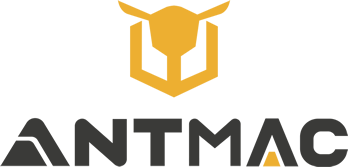Mobile Aerial Platform lifting platform: The Core of Flexible High-Altitude Work – Clarifying AWP, MEWP, EWP
In the fast-paced world of high-altitude operations—from municipal street light repairs to cross-site construction projects—flexibility and speed often determine project success. This is why mobile aerial work platforms have become the backbone of modern high-altitude work, while fixed models serve as specialized complements for long-term, site-specific tasks. To avoid confusion in equipment selection, it’s critical to clarify industry terms: MEWP (international standard for mobile units), EWP (regional term for mobile units in Australia/New Zealand, with EWPs as its plural), and AWP (an outdated broad term once covering both mobile and fixed units). Below, we dive deep into mobile aerial platform hoists (our core product line) and briefly outline fixed models, helping you understand their value and choose the right tool.
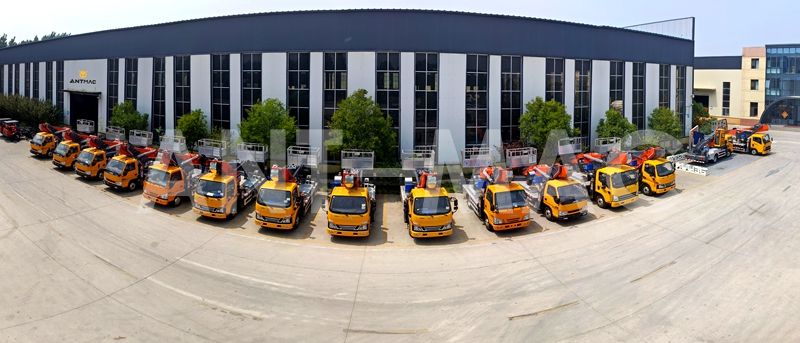
1. Mobile Aerial Platform Hoists: MEWP/EWP as the Standard, Designed for On-Demand Mobility
Mobile aerial work platforms are officially defined as MEWP (Mobile Elevating Work Platform) globally and EWP (Elevating Work Platform) in Australia/New Zealand (EWPs refers to multiple units). Unlike fixed models, their core advantage lies in “quick relocation and rapid deployment”—they can be transported to different sites, set up in minutes, and adapt to diverse work conditions. Our company’s mobile product line covers six key variants, each tailored to solve specific pain points for users, from emergency repairs to narrow-space operations.
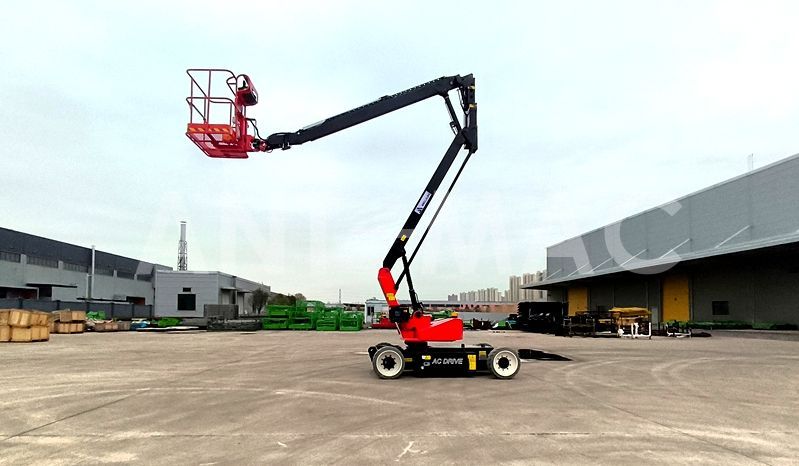
1.1 Traditional Mainstream Mobile Models: Scissor, Articulated Boom, Telescopic Boom
These three models remain the most widely used MEWP/EWP types, forming the foundation of flexible high-altitude work:
Scissor Lifts (Vertical Mobility for Flat Ground): Our scissor lifts use a hydraulic folding scissor structure to achieve stable vertical lifting. With a spacious platform (2.5–5m in length) and load capacity of 300–800kg, they excel in indoor and outdoor flat-ground scenarios—such as factory floor painting, shopping mall ceiling installation, and stadium seat maintenance. Key advantages: Our proprietary “dual-speed lifting” system allows fast ascent (1.5m/min) for efficiency and slow descent (0.8m/min) for precision, while non-marking tires protect indoor floors.
Articulated Boom Lifts (Obstacle-Crossing for Complex Spaces): Equipped with 2–3 hinged arms, our articulated boom lifts can “bend” to bypass obstacles like trees, walls, or equipment. Lifting heights range from 12–30m, making them ideal for park tree trimming, bridge side inspection, and building corner decoration. Our edge: The arm joints use wear-resistant composite materials, reducing maintenance frequency by 40% compared to steel joints, and the platform features a 180° rotation function for multi-angle work.
Telescopic Boom Lifts (Ultra-High Reach for Tall Structures): With a straight, extendable steel arm, our telescopic boom lifts reach heights up to 45m—perfect for ultra-high tasks like power tower maintenance, high-rise exterior cleaning, and wind turbine inspections. We’ve integrated a wind speed sensor: if wind exceeds 8m/s, the system automatically locks the arm to ensure safety, and the control panel displays real-time height and load data to prevent overloading.
1.2 Specialized Mobile Variants: Truck-Mounted, Telescopic Cylinder, Aluminum Alloy
To meet more niche needs, we’ve expanded our mobile lineup to include three high-demand variants—each addressing gaps in traditional models:
Vehicle-mounted mobile lifting platform (Emergency & Cross-Site Work): We integrate scissor, articulated, or telescopic lifting systems onto light trucks or custom chassis. This eliminates the need for extra transport—drive the truck to the site, extend the outriggers (in 5–8 minutes), and start working. Ideal for municipal emergency repairs (e.g., sudden street light failures across multiple districts) and highway bridge inspections (crossing different sections). Our bonus: The truck cab includes a GPS tracker to monitor the lifting platform location and maintenance status, while the platform has an emergency descent function for power outages.
Sleeve Type Elevator (Narrow-Space Operations): Using nested hydraulic cylinders as the lifting core, this model is compact when retracted (only 1–1.8m tall) but reaches 8–28m in height. Its small footprint (1.2×0.9m) fits in elevator shafts, narrow storefronts, or indoor corridors—perfect for elevator shaft maintenance, small-shop facade decoration, or indoor atrium light installation. We added “one-button leveling” for outriggers, adjusting to uneven ground (up to 6° incline) in 10 seconds.
Aluminum Alloy Mobile Lifting Platform (Indoor & Lightweight Tasks): Made entirely of high-strength aluminum, our aluminum alloy lifting platforms weigh just 200–500kg (1/3 the weight of steel models). They’re easy to carry (2 people can move them) and run on lithium batteries (4-hour charge, 8-hour worktime)—ideal for hospitals, schools, or luxury hotels (no noise or floor damage). Applications include office ceiling tile replacement, hotel ballroom lighting adjustments, and home chandelier installation. Our design: A foldable platform reduces storage space by 50%, and a detachable tool tray keeps supplies within reach.
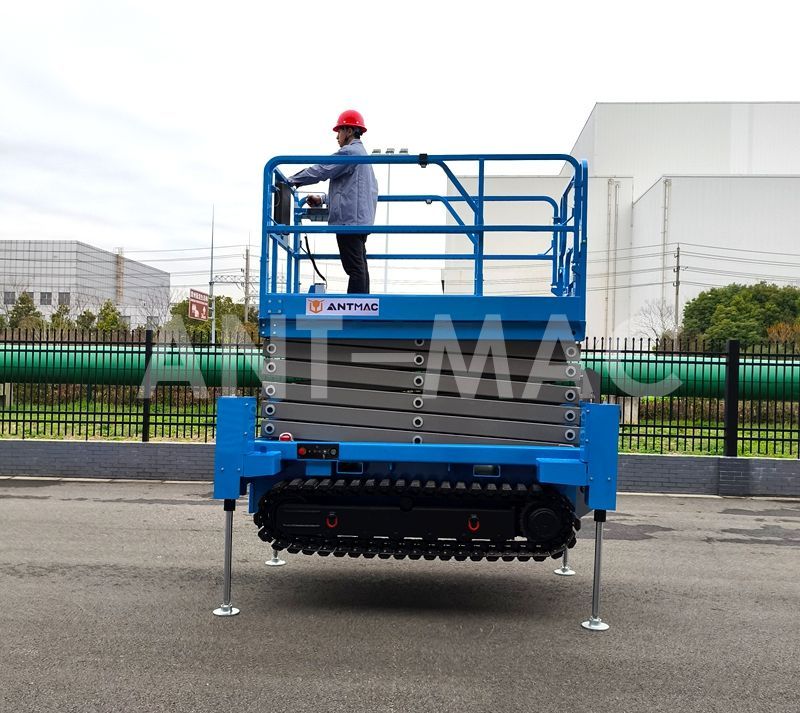
2. Fixed Aerial Platform: Complementary Solutions for Long-Term, Site-Specific Work
While mobile aerial work platform (MEWP/EWP) dominate flexible scenarios, fixed aerial platform play a vital role in long-term, fixed-location tasks—such as permanent building maintenance or industrial plant operations. Historically, fixed models were part of the broad AWP (Aerial Work Platform) category (which once included both mobile and fixed units), but today, they’re clearly categorized separately to avoid confusion. Our fixed lineup focuses on three specialized types, each optimized for stability and precision:
Wall-Mounted Fixed High Altitude Platform: Attached to building exteriors, they’re used for high-rise curtain wall maintenance or outdoor advertising replacement. Our models use corrosion-resistant galvanized steel and can be customized to building heights (3–35m).
Column-Mounted Fixed High Altitude Platform: With a 360° rotating platform, they’re ideal for factory machine maintenance or airport terminal ceiling repairs. We offer floor-fixing options for concrete or steel surfaces.
Rail-Guided Fixed High Altitude Platform: Designed for heavy loads (up to 2000kg), they’re used in warehouses for high-shelf cargo handling. Our rails integrate with WMS systems for automated positioning.
Fixed High Altitude Platform lack the mobility of MEWP/EWP but excel in long-term cost-effectiveness and stability—making them a complementary choice when work never leaves a single site.
3. Clarify Terms: AWP, MEWP, EWP, EWPs – No More Confusion
One of the biggest hurdles in equipment selection is term confusion. Here’s how these terms relate to our products:
MEWP (Mobile Elevating Work Platform): The global standard term for all our mobile aerial platform high altitude platform (scissor, articulated, telescopic, truck-mounted, sleeve-type, aluminum alloy). Used in Europe, North America, Asia, and most international markets.
EWP (Elevating Work Platform): The regional term for MEWP in Australia/New Zealand. Our mobile hoists sold in these markets are labeled EWP; EWPs (plural) refers to multiple units (e.g., “We supply 5 EWPs for your project”).
AWP (Aerial Work Platform): An outdated broad term that once included both our mobile (now MEWP/EWP) and fixed hoists. It’s rarely used today due to vagueness—we only reference it to clarify historical context.
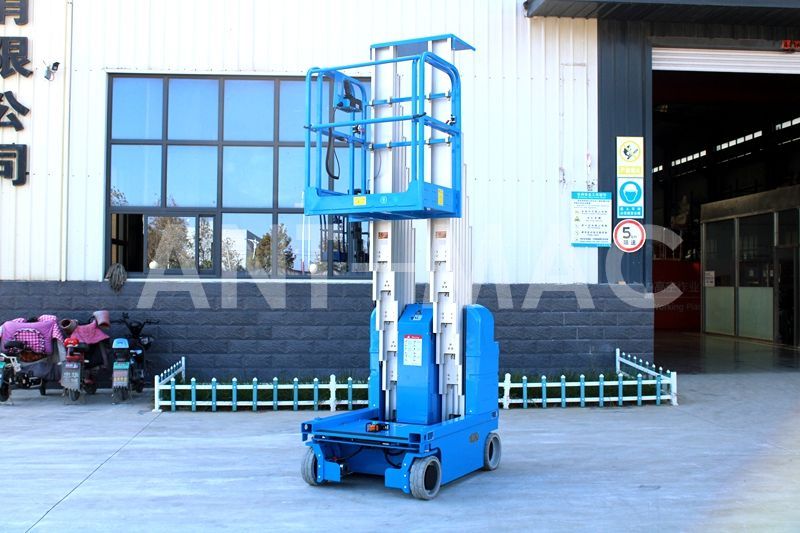
4. Why Choose Our Mobile Aerial Platform Hoists (MEWP/EWP)?
Our mobile lineup stands out for three key reasons, aligned with modern high-altitude work needs:
Speed & Efficiency: Most models deploy in 5–10 minutes (vs. 30+ minutes for traditional heavy equipment), cutting project timelines.
Versatility: From ultra-high telescopic booms to narrow-space sleeve-type models, we cover 90% of mobile high-altitude scenarios.
Safety & Durability: All MEWP/EWP units meet EN 280 (Europe) and ANSI A92.20 (North America) standards, with features like emergency stops, overload protection, and corrosion-resistant materials.
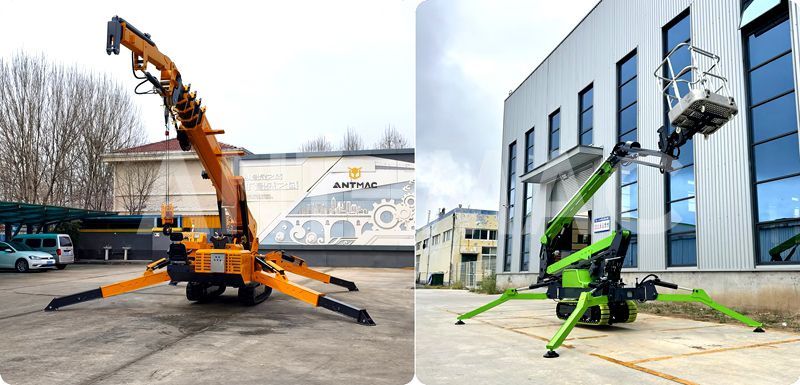
Conclusion
Mobile high aerial platform (MEWP/EWP) are the heart of flexible high-altitude work, adapting to multi-site projects, emergencies, and diverse conditions—while fixed models serve as reliable complements for permanent tasks. By clarifying terms like AWP, MEWP, EWP, and EWPs, we help you avoid selection mistakes.
Whether you need a truck-mounted lifting platform for cross-site repairs or an aluminum alloy model for indoor work, our mobile MEWP/EWP lineup is designed to boost efficiency and safety. Contact our team today for a free needs assessment—we’ll help you find the perfect mobile solution for your project.
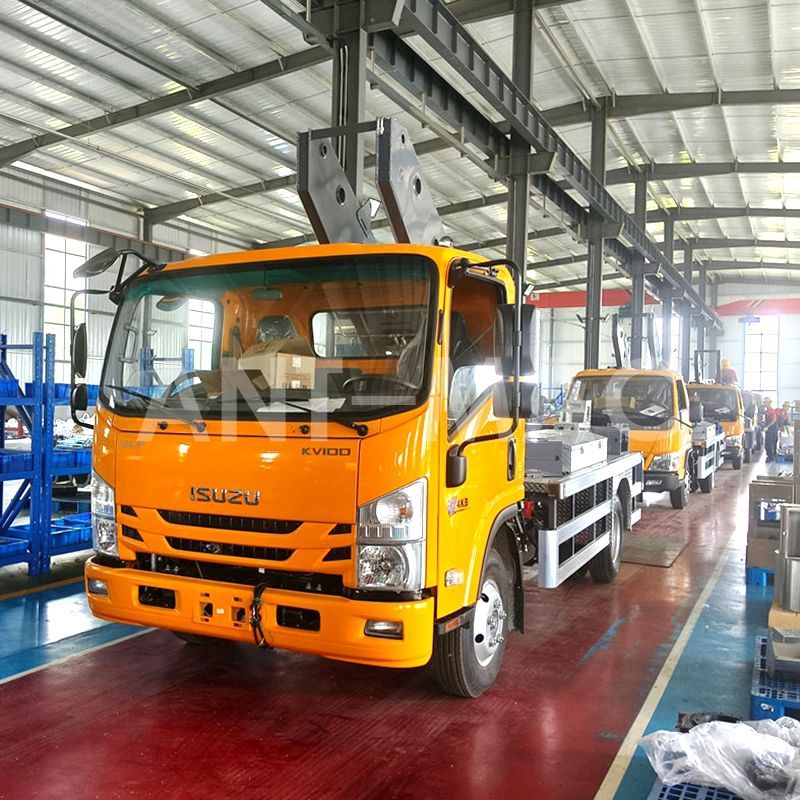 Dual-Chain Telescopic Boom Sys
Dual-Chain Telescopic Boom Sys
 Russian
Russian